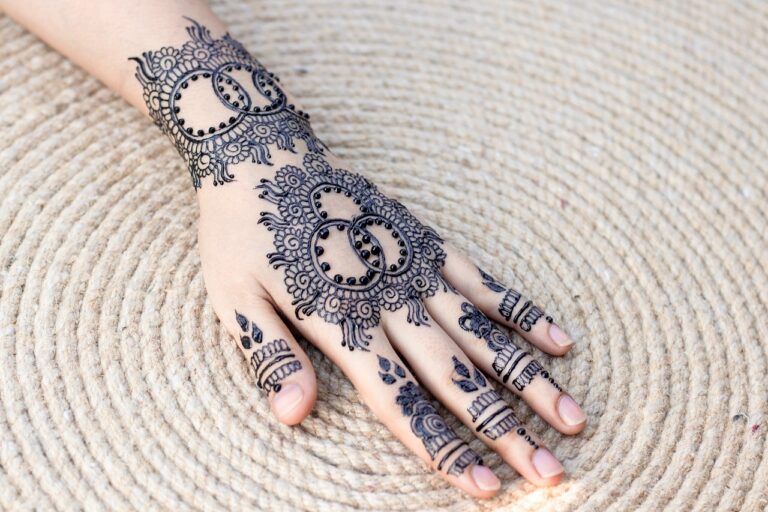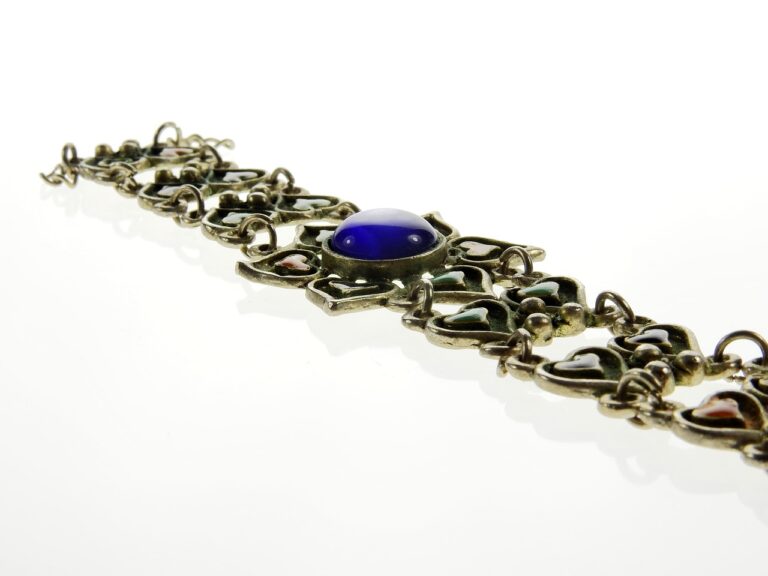Fashionable Fabrics: Exploring Textile Innovations and Sustainability
Fabrics play a crucial role in the fashion industry, acting as the foundation for every garment. From luxurious silk to durable denim, the choice of fabric can greatly influence the overall look, feel, and quality of a piece. Designers carefully select fabrics based on their texture, drape, and properties to bring their creative visions to life.
In recent years, there has been a growing emphasis on innovative materials such as sustainable fabrics made from recycled materials or natural fibers. This shift towards more eco-friendly options reflects a broader awareness of the environmental impact of textile production. As consumers become increasingly conscious of their purchasing choices, the demand for sustainable fabrics continues to rise in the fashion industry.
The Evolution of Textile Innovations
Textile innovations have played a pivotal role in shaping the fashion industry throughout history. From the invention of the spinning wheel to the development of sophisticated computer-aided design programs, the evolution of textiles has been a continuous and dynamic process. These advancements have not only revolutionized the way fabrics are produced but have also influenced the design and functionality of clothing.
One of the most significant textile innovations in recent years is the rise of smart fabrics. These cutting-edge materials incorporate technology to provide a range of functions such as temperature regulation, moisture-wicking properties, and even the ability to monitor health metrics. This intersection of textiles and technology has opened up a world of possibilities for designers and consumers alike, creating a new frontier in the fashion industry.
Sustainable Practices in Textile Production
Sustainable practices in textile production are gaining momentum in the fashion industry as brands and manufacturers seek to reduce their environmental impact. One key aspect of sustainability is the use of organic and natural fibers such as cotton, linen, and hemp. These materials are biodegradable and require less water and pesticides compared to conventional fabrics.
In addition to utilizing eco-friendly fibers, textile producers are also focusing on implementing efficient dyeing and finishing processes that minimize water usage and chemical waste. Many companies are investing in innovative technologies that allow for the recycling of water and the use of non-toxic dyes, further reducing the industry’s ecological footprint. By adopting these sustainable practices, the textile production sector is moving towards a more environmentally responsible and socially conscious future.
What are some sustainable fabrics commonly used in the fashion industry?
Some sustainable fabrics commonly used in the fashion industry include organic cotton, bamboo, hemp, Tencel, and recycled polyester.
How have textile innovations evolved over time?
Textile innovations have evolved over time through advancements in technology, such as the development of eco-friendly dyeing processes, recycling of materials, and the use of sustainable fibers.
What are some sustainable practices in textile production?
Some sustainable practices in textile production include reducing water and energy consumption, using non-toxic dyes and chemicals, implementing fair labor practices, and promoting transparency in the supply chain.
How can consumers support sustainable textile production?
Consumers can support sustainable textile production by choosing products made from eco-friendly materials, supporting brands that prioritize sustainability, and educating themselves on the environmental impact of the fashion industry.







